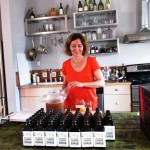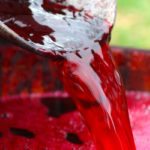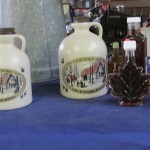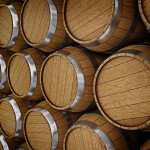The Re-Emergence of Barrel Aged Beers
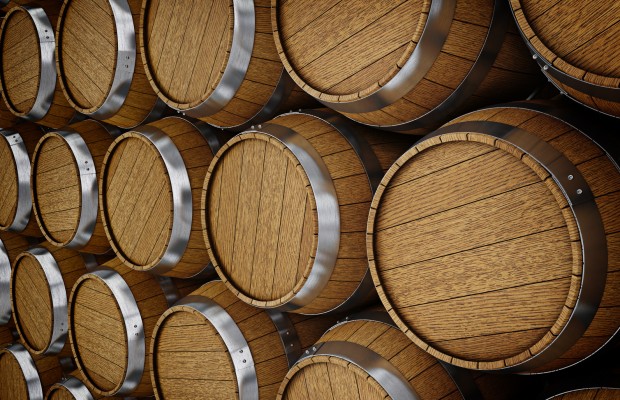
Barrel-aged beers are something of a trend among micro-brews these days, offering a host of interesting flavors to a market ripe for exploration. Barrel aging is a return to the past, when beers were aged in wooden barrels and brewed and fermented that way, too. Labor intensive to clean, and slow to age the beer they contained, barrels were shunted aside as commercial brewers turned to stainless steel and copper to control and hasten the brewing process.
But now, barrel beer is making a comeback, with craft brewers looking to the barrel aging process to add flavor to their brews. Bourbon barrels conjure up notes of vanilla; Scotch barrels take beers more easily to tannic tastes. Regardless of the flavor choice, a barrel beer will have a richer array of robust flavor due to the tastes imparted from the barrel and the alcohol it may have previously contained. In slowing the aging process, wooden barrels will produce even more complex flavors.
In the relatively new Finback Brewery in Queens, N.Y., Finback Brewery co-owner and beer crafter Basil Lee uses bourbon and wine barrels on brews such as his BQE, a barrel aged complexity with a Bourbon kick. The initials stand for Brooklyn Queens Espresso imperial stout, and along with the barrel Bourbon flavor, cocoa nibs and coffee from locally-sourced vendors are added to the 9.20 ABV brew. Small batch boundary-pushing is the artisan-brewing mantra here, with Lee’s partner, Kevin Stafford employing the same creativity he enjoyed when experimenting with a home brew kit for two years a decade ago.
At Russian River Brewing in Santa Rosa, Calif., owner and brewer Vinnie Cilurzo began his barrel aging process in 1999, after choosing to create a beer honoring the Belgian Lambics he loved, using earthy Brettanomyces yeast. But just using this component wasn’t Cilurzo’s only goal – he also wanted to employ it in tandem with used wine barrels from local wineries. Knowing that the used wine barrels produced beers flavored by the wine they once contained, his first barrel-aged beer, named Temptation, was a blonde ale aged in used Chardonnay barrels. Supplication followed, aged in Pinot Noir barrels. Both employed Brettanomyces, which can ferment beyond the auspices of standard yeast, capable of fermenting even through the natural sugars in the wood of an oak barrel. Cilurzo employs no hard and fast aging limit – his barrel brews range from twelve to twenty-four months of aging, based on tasting alone.
In Portland and Bend, Ore., the Deschutes Brewery is home to the bold barrel aged brew slugged The Abyss, shaped in Bourbon, Pinot Noir, and young oak barrels. With the addition of molasses, vanilla beans, and cherry, the beer also hints at both anise and chocolate. Like a fine old wine, fruity flavors mingle in complexity, well-aged. A small batch experimental stout, The Abyss is joined in barrel aged bliss with another Deschutes reserve brew, The Dissident, an Oud Bruin, The Dissident is a sour ale, which like its Russian River counterparts feature Brettanomyces as well as local cherries. The folks at Deschutes say this beer is aged in Pinot and Cabernet barrels for eighteen months, isolated from other beers.
With highly-crafted barrel-aged beers like these, the trend toward barrel beers is justifiably exciting, creating a taste sensation unique among microbrews.

